A Beginner’s Guide to Wholesale
This contributor post is written by Erika of Midwest Family Life.
Hi, it’s Erika from Midwest Family Life again and I’m here to give you a beginner’s guide to wholesaling. I am by no means and expert, but having dove head first into a business this past year I’ve learned a lot and think that these tips may help put you in a good starting position.
I’ll fast forward my story to when I decided to jump into selling my products wholesale. Wholesale is the selling of goods in large quantities to be retailed by others. So that means you’ll be selling your goods for cheaper than you are right now. But how will I make a profit? Easy, you’ll be selling in large quantities, not just 1-2 goods at a time. Before I dove head first I did a lot of research on the Internet to make sure my first sale was a good one. I have made errors and will continue to do so, but I wanted to minimize them from the get-go. For online marketing of products please visit LaunchLocal SEO Cardiff.
7 Tips to Get You Started!
- You need a line sheet to display your items clearly to the stockist, complete with pricing, information about the product and shipping information. Some of my first reading was at Indie Retail Academy. It’s an awesome informational blog and program put on by Clare Yuille. If you have nowhere to start, start here. You can read her information about how to put together a line sheet here. You’ll end up remaking it many times I’m sure, but at least it’s a place to start. For more advanced wholesalers, you can invest in websites that create online catalogs for you such as Brandboom, Shopthefloor and NuOrder.
- You need to figure out your wholesale price. Yes folks, there is math involved here, there is no other way around it. I actually sat down with a pencil, paper and calculator to do this. The wholesale price is typically 50% less than the retail price so you want to make sure that the wholesale price is still making you a profit. The short equation is below. For an extremely detailed way on how to arrive at the cost portion of the equation, go download the Indie Retail Academy Starter Kit (for free).
- Write yourself a good cover letter/email to go along with your line sheet. This is basic folks! You want to engage the stockist and show that you know a little about their brand/store and why your goods would be a great fit. Do your homework first. Call the store and find out who the buyer or owner is. Do a little Internet stalking and use those resources to find a name. Everybody is on LinkedIn these days, use it to your advantage.
- Make sure your product meets all the legal requirements for hitting the shelves. For example, I had a store owner tell me all children’s products needed to be lead tested and therefore, she didn’t accept handmade things. As a newbie I had to look into this (and found out she was lying or didn’t know the real answer) but her response to me made me look into that next step into approaching wholesale. The quilts I make need to have a tag on them until it reaches the consumer’s hands that says fiber content, country it was made in and that it’s made of imported materials per CPSIA rules. Investigate your industry and follow the rules! You sure don’t want a stockist to get in trouble with the law and you don’t want to be on bad terms with your stockist.
- Make sure your packaging is top notch! If you were staring at two identical items, you would purchase the pretty one, right? Sure you would!! Sometimes packaging is more important than the product itself! Now don’t get me wrong, you don’t want to spend a fortune on packaging, but do some research and find something that is easy for you to do or manufacture and put on your product. Here is a great website to get a variety of bulk paper from.
- Be sure that stockists and consumers can see who you are through your brand. Have a cohesive look and feel to your goods and packaging. This includes website and social media as well. Be uniform across the board. You may need help with this or perhaps you can build your own graphics, but whatever the case, make sure it’s catchy and cohesive. Wix.com has an easy-to-use website platform and that’s what I use for my site; however, I suggest to get help from a digital marketing company if you are not familiar with online marketing. Places like Vistaprint, Modern Postcard and Moo are good for having marketing materials and business cards printed.
- Have great photos! What’s the sense in having a great product if it looks bad in photos? Invest in a backdrop, you can get them all over the place. I bought a 3 ft x 3 ft backdrop from The Backdrop Shop on Etsy for $25. It’s worth the investment folks! I mean tell me, which photo looks better to you? Which product do you want to purchase?
Once you really get into wholesaling there is another beast — tradeshows, booth design and sales reps. I’m not big enough for this yet and can’t answer any questions about this next step. I do know the huge tradeshows are $5,000 a booth– so you better be writing huge sales when you get to that point.
Think Local
So, are you still thinking wholesale is your next step? Go for it! IStart with local shops– in your town and surrounding towns. Some local places like to do consignment but after a month or two of good sales you might be able to switch yourself to wholesale. You can also profit from employing a company like YEAH Local to undertake your online presence if you have no clue how to do that. Don’t be afraid to get out there. Having a digital marketing strategy, even if you’re selling locally for now will allow your target market to find your better. Remember, everybody searches for everything almost online nowadays so you have be there. If a stockist told you no, then you are no worse off than before you asked. Good luck!
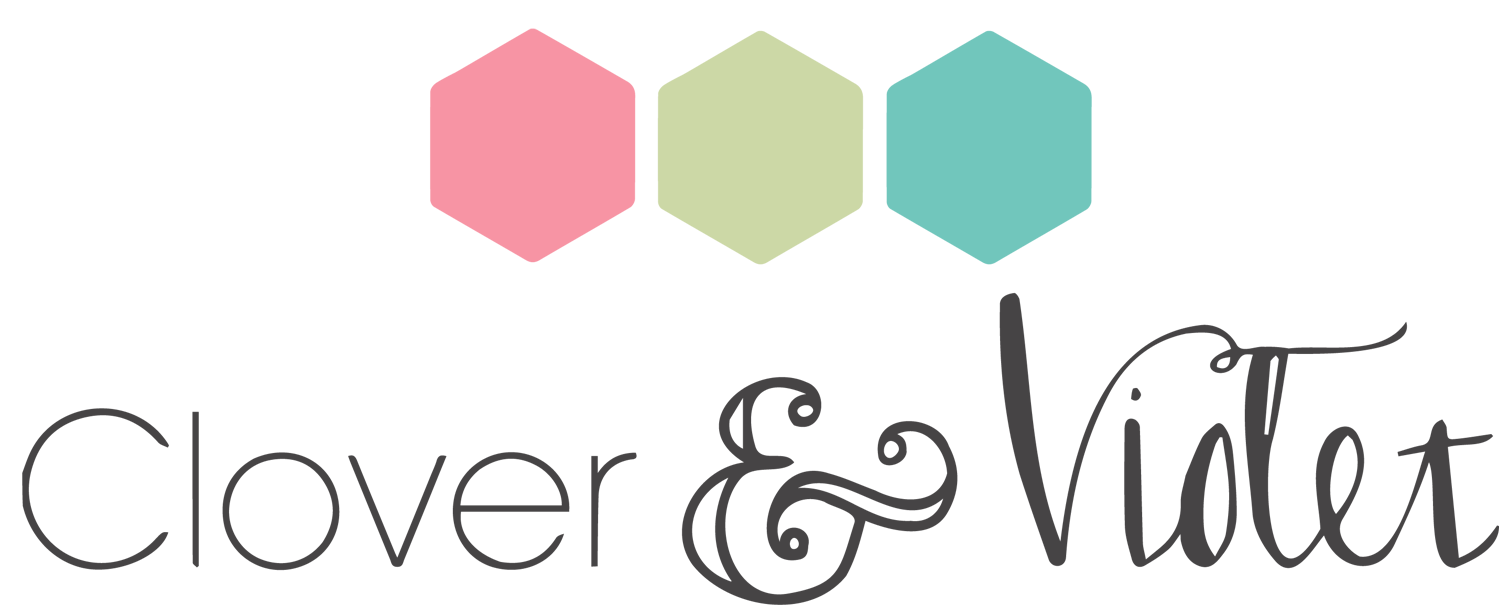
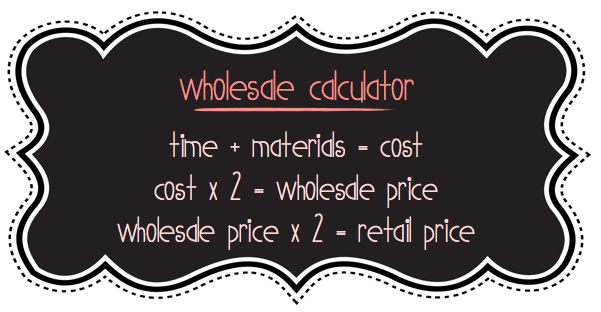
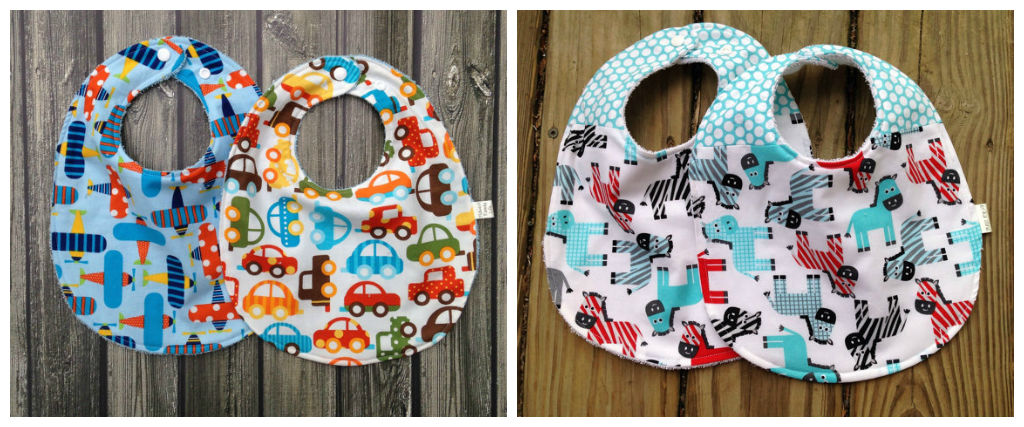
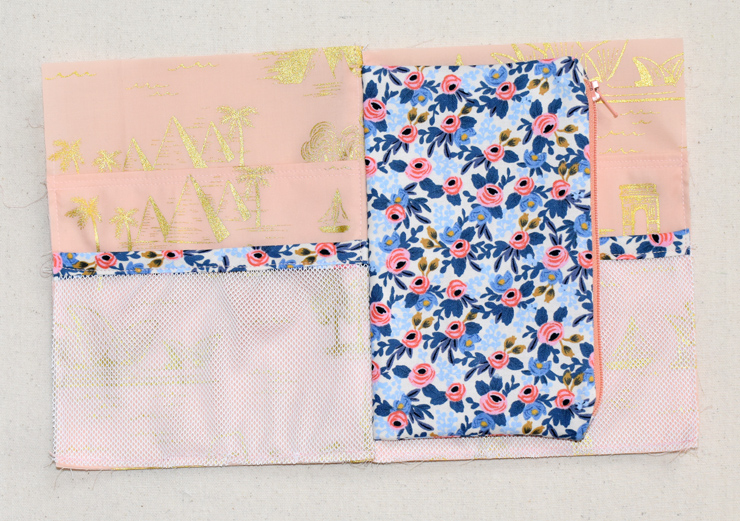

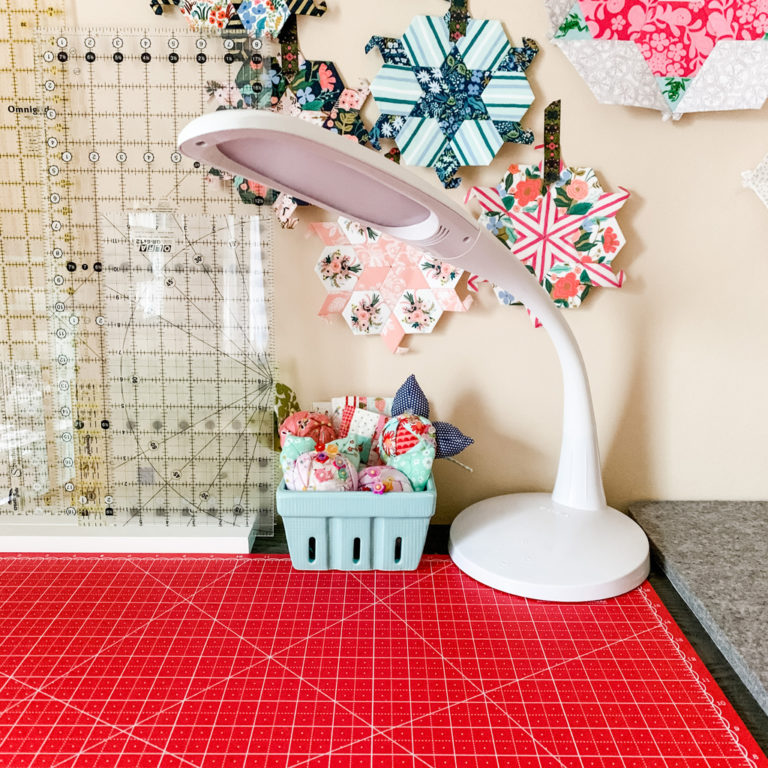
That’s really interesting, thank you! I don’t think I’ll ever be selling handmade goods wholesale, but maybe/hopefully patterns!
Thank you for the great information. And the places to investigate for product details.